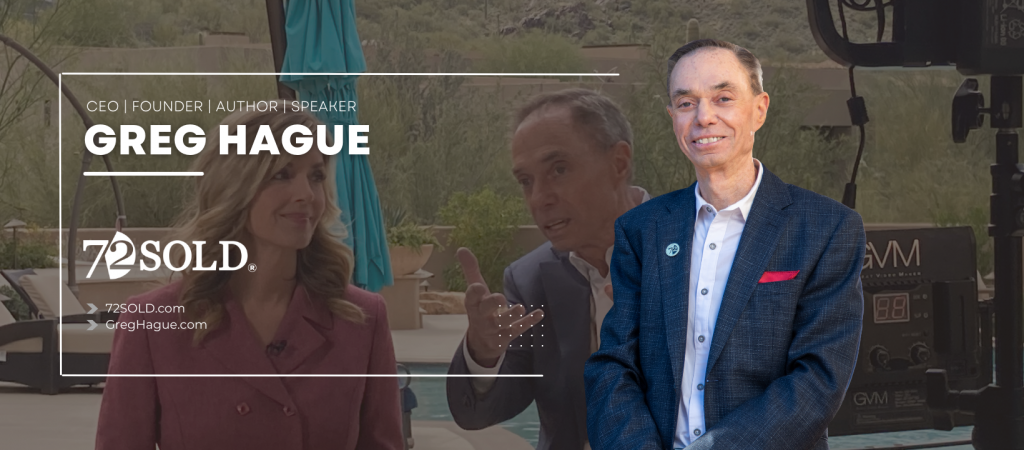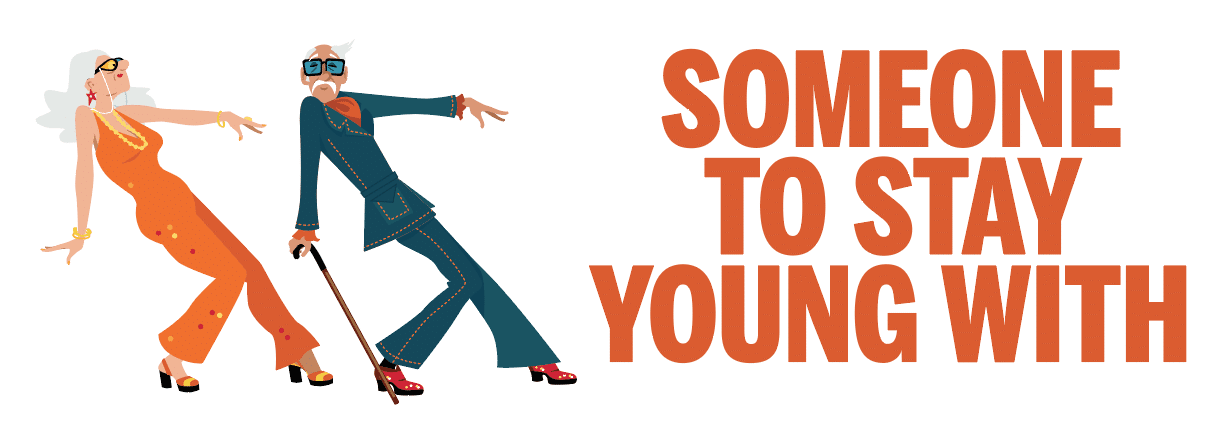Growing up in Cincinnati, I was all about Daylight Saving Time. It meant an extra hour of playing with friends before the streetlights came on, which was my signal to head home for supper.
You might be surprised to learn that the correct term is Daylight Saving Time. There is no “s” at the end of saving. Unfortunately, DST doesn’t SAVE us time, it SHIFTS the clock forward an hour so we enjoy more spring/summer hours of daylight.
Of course, it’s a zero sum game. When states change to DST the second Sunday of March each year, their residents gain an hour of daylight in the evening, but lose it in the morning. Then on the first Sunday of November, they pick up an hour in the morning, but lose it in the evening.
The 1st Sunday of this month (at 2am) most of the country went off DST, setting their clocks back an hour, gaining an extra hour of sleep. But not Arizona. Except for the Navajo Nation, we opted out of DST because of our warmer weather.
Because of Arizona’s hot climate, DST is largely considered unnecessary. The argument against extending daylight hours into the evening is that people prefer to do their activities in the cooler temperatures after dark.
Hawaii is the only other state that does not participate in DST. U.S. territories of American Samoa, Guam, Puerto Rico, and the Virgin Islands also opted out. Apparently DST was invented for those unfortunate souls of unfortunate states who shiver in the winter at night.
DST is widespread throughout the world, having been adopted by 70 countries with over a billion people. What fascinates me is who would think of such a thing? Changing the time was quite an idea.
One of our great inventors, Benjamin Franklin, was the DST visionary. Franklin first wrote about the concept during a trip to Paris in 1784. While taking an early morning stroll, he noticed that the shades were drawn in most homes. So he wrote a satirical paper claiming that Parisians were “wasting daylight.”
Franklin’s idea was discussed and debated for years, and was eventually adopted into law throughout the entire country in 1918. This occured during World War I, with a goal of conserving coal that was used to produce electric power. The law created quite a bit of controversy, and was promptly repealed a year later, in 1919.
After that, DST became a state option, adopted in some states and not in others. The problem was that different states started and stopped it on different dates at different times.
This caused a mess for television networks trying to publish broadcast times for national TV and radio shows. It also created confusion on national railway, airline and bus schedules. In one 35-mile stretch on Route 2 between Moundsville, West Virginia and Steubenville, Ohio, bus passengers experienced seven time changes.
To end the confusion, President Lyndon Johnson signed the Uniform Time Act in 1966. It did not require that states adopt DST, but it did require that they do it consistently throughout the state, and at the same time each year.
What would happen if DST was permanent? The array of side effects is fascinating.
- It’s estimated that this would lead to more pedestrian accidents on winter mornings, as adults and children ventured out to walk to work and school.
- It’s estimated that motor vehicle accidents would drop by 3% because more people drive in the early evening than early morning, and the extra hour of daylight would reduce collisions.
- In 1987 both Idaho Senators advocated permanent U.S. DST because fast-food chains sell more french fries during extended daylight hours (and many french fries are made from Idaho potatoes).
- The U.S. law Enforcement Assistance Administration observes that violent crime is consistently less during DST because the cover of darkness is a factor in crimes such as muggings and break-ins.
What does DST mean to you? To me, it means time confusion. I live in Arizona. Everyone else changes. We don’t. If you live in a DST state, remember there is no free lunch. What you gain in the Spring you give back in the Fall.
Do you love life? Then do not squander time,
for that is the stuff life is made of.”
– Benjamin Franklin












